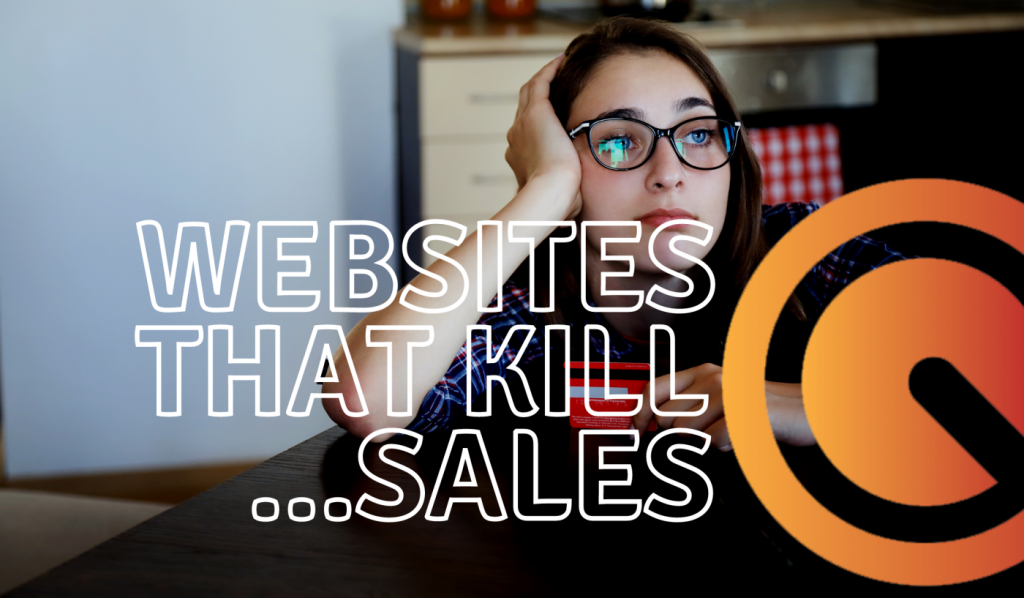If there’s one thing we know for sure about online shoppers, it’s that they don’t like waiting for anything.

This is true for most aspects of life these days, but it’s especially important for e-commerce. And it may surprise you how quickly users will bail when things don’t go how they expect.
In one of the most comprehensive case studies ever performed on conversion rates for automotive websites, conducted in 2020 by Hedges and Company, site speed is shown to be the single most important factor affecting online sales. Over three and a half years across millions of automotive parts and accessories websites in North America, the study found that a website’s speed accounts for a full 50 percent of the predictors that influence conversion rates.
And this factor becomes even more important on mobile devices, which are increasingly becoming the primary vector for online sales.
“According to Google when a mobile page load time goes from 1 second to 3 seconds the probability of a bounce increases 32%,” the study says. “Going from 1 second to 9 seconds increases the probability to 90%. Mobile shoppers are quick to leave a slow site. They have less patience on a small screen.”
The study’s data shows that the average conversion rate for a site that loads in five seconds is 1%. If that load time is improved to three seconds, the conversion rate nearly doubles to 1.8%. This amounts to a 80% increase in sales with no additional marketing expenditure. And it also means that your website is
doing a better job of earning its keep. “A good conversion rate is anything over 1.5%,” the study says. “A conversion rate under 1% makes it more difficult to operate a profitable website.”
Is Your Website Killing Your Tire Sales?
Zoom in on your tire sales page, and there are multiple factors that could be influencing your conversion rate. One is your site’s overall load speed. This metric is easy to find on Google Analytics, and your web team should be checking this and resolving any issues around delays regularly.
Another factor is your tire sales software. No matter how quick your site is to load, if your sales widget loads slowly within it, your users will blame your website while they bounce.
Numerous factors can affect how quickly third-party tire sales software loads, including server delays and database queries. Regardless, the same principles apply to this as to your own website: if it’s too slow, you’re losing sales.
On top of that, there are practical speed metrics that are harder to measure. Effective software should take a minimum of scrolling and clicking to get to the most relevant information and the user’s flow through the required steps should be easy and painless with minimal hang-ups or “please wait” graphics.
Test Your Website’s Tools
What’s the best way to know if your tire selling software is making the grade? Try it for yourself. Look for quotes on tire and wheel packages for some of your highest-volume vehicles, and see how long it takes to get to an actual number. Don’t forget to test this on both a desktop/laptop and on a mobile device. Consider running the same tests on a competitor’s website so that you can get an idea of the product landscape.
If you get frustrated at any point in the process and feel the urge to click away, then your customers already have. They say speed kills, but in the aftermarket business, it’s lack of speed that will do you in every time.
At QQuote, we strive to meet the utmost industry benchmarks for speed and usability. Let us show you how.



